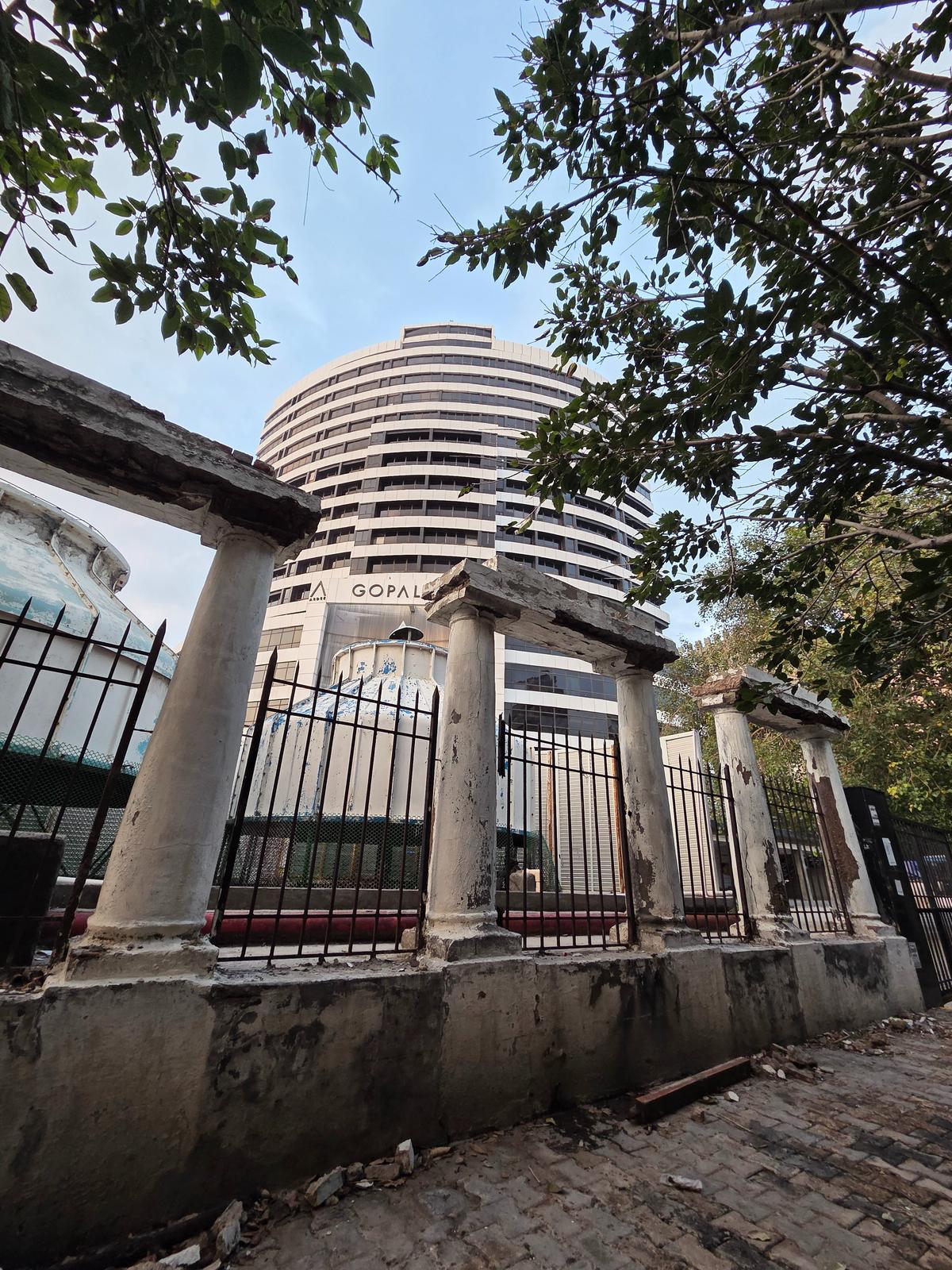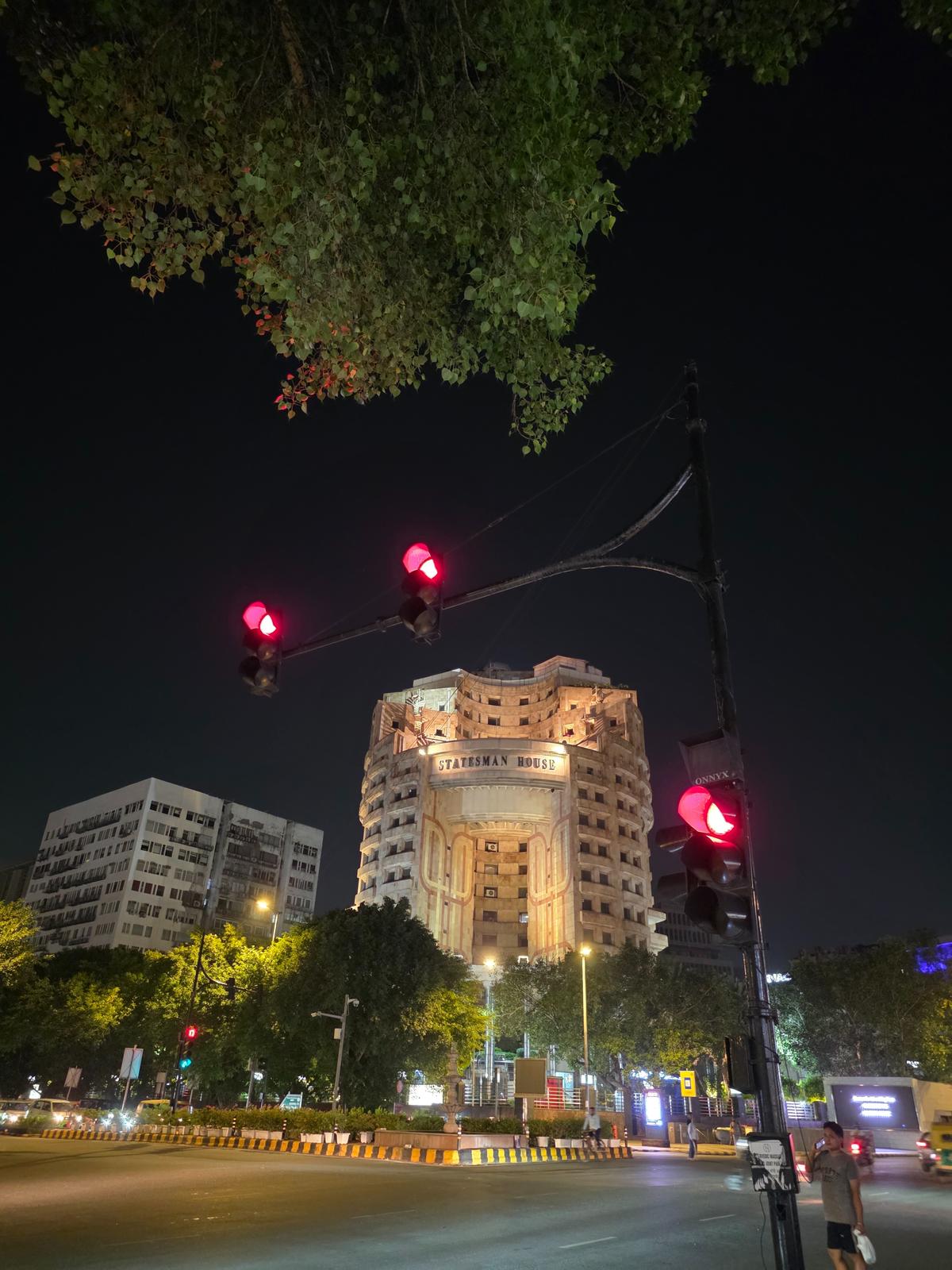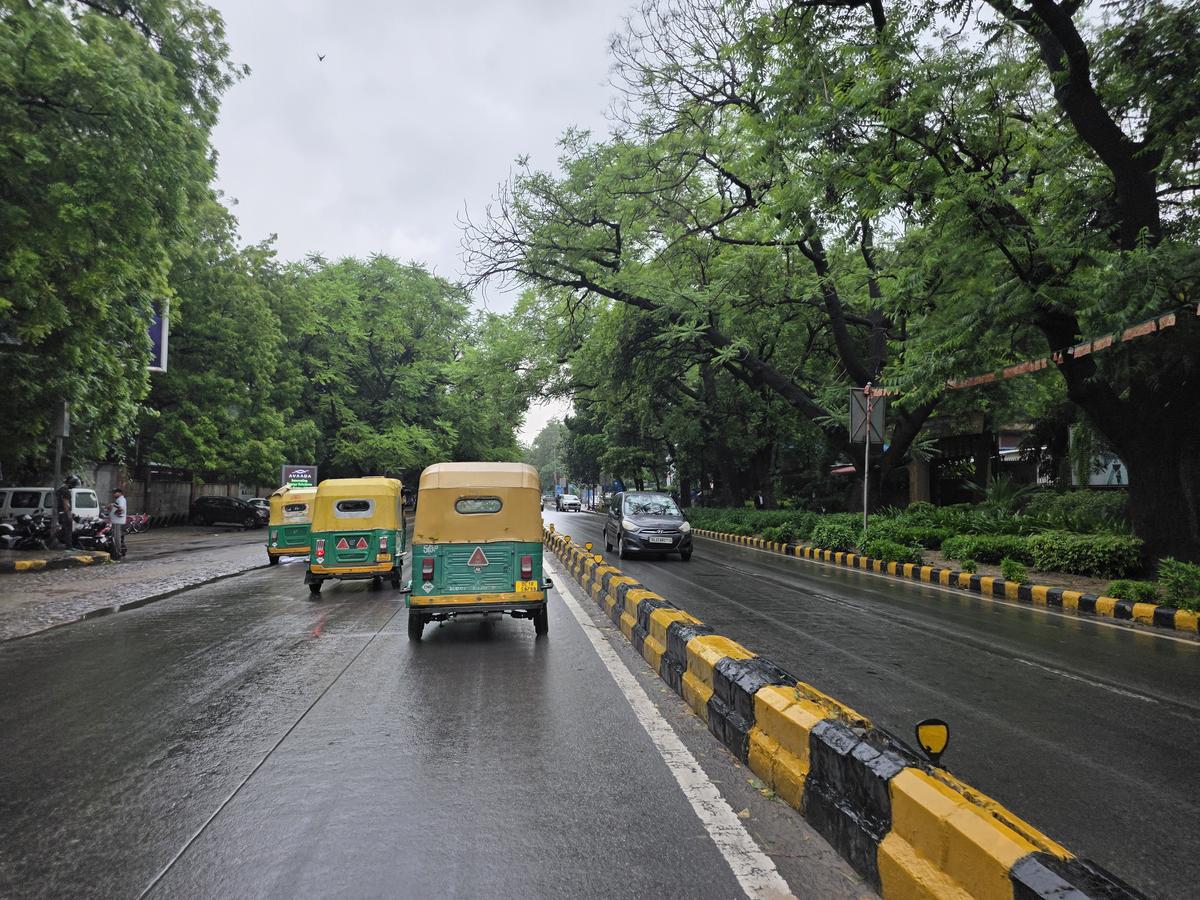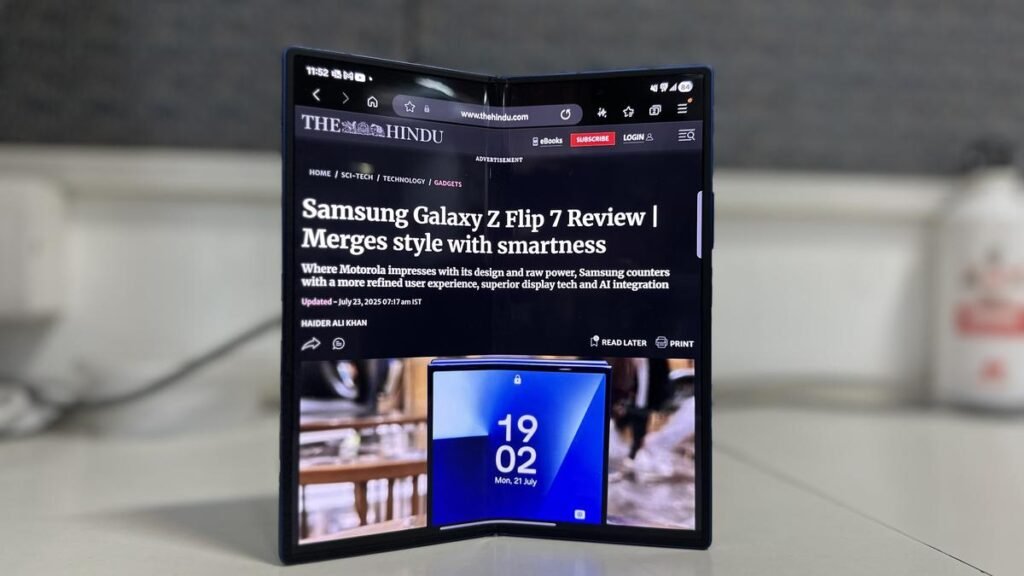Samsung’s seventh generation foldable finally feels like it has found the right note. I’ve been using the Galaxy Z Fold 7 for a couple of weeks and can feel the difference in its slim and light design while doubling on sturdiness and in-hand feel. Galaxy Z Fold 7 also brings deeply infused Galaxy AI and the newly introduced One UI 8 which is becoming more refined and personalised.
Galaxy Z Fold 7 battles with the newly launched Vivo X Fold 5 with its latest processor, improved camera and a hard to beat ecosystem. Let’s find out how Fold 7 performs against its rival.
Design and Display
The Galaxy Z Fold 7 does not have a radical shift from its predecessor, but all the little tweaks add up smartly. In hand, the difference in thickness and weight is immediately noticeable. Closed, it’s about the same thickness as a regular phone. Samsung managed to shave off roughly 24 grams to achieve 215 grams compared to last year. The hinge feels robust and opens smoothly with just enough resistance to hold at half-fold for laptop-mode.
The aluminium frame, Gorilla Glass Victus at back and Corning Gorilla Glass Ceramic 2 on cover make it less scratch-prone than before. When closed, it measures just 8.9 mm thick and 4.2 mm when open. It bears the IP48 rating which means it can only handle spills. The build is sturdier yet sleeker, the folding mechanism feels smooth, and the creased center is now almost invisible unless you look for it.
(For top technology news of the day, subscribe to our tech newsletter Today’s Cache)
The displays are gorgeous too. The cover screen is a 6.5-inch FHD+, AMOLED with a 120 Hz refresh rate. It’s bright and feels like using a normal phone which is good because a foldable fails if the outer screen isn’t good enough to use. I was replying to messages, scrolling, and even snapping quick photos with the Fold 7 closed and never felt cramped. Open it up, and you’re greeted by a massive 8-inch main AMOLED QXGA+ screen with same dynamic refresh rate and 2,600 nits bright.
Samsung made a controversial choice to drop S Pen support entirely this year with no digitiser layer in the screen because it helped make the screen thinner, stronger with a reduced crease.
Performance and Software
Galaxy Z Fold 7 is as high-end as it gets. The Qualcomm Snapdragon 8 Elite for Galaxy chip inside is a mouthful, but basically, it’s one of the fastest mobile processors you can get right now. Paired with 12 GB of RAM, it absolutely flies. Everything launches instantaneously and multitasking is silky smooth. Thermals are well-managed too.
What really shines is how Samsung’s One UI 8 based on Android 16 takes advantage of the big display. Multitasking feels natural. You can run up to three apps in split-screen and even have floating windows on top if you’re feeling wild. I often had two apps open side by side while watching a YouTube video without any lag. The new One UI adds handy features like a persistent taskbar that makes app switching a breeze.
Also, Samsung’s Flex Mode is improved with a lot of apps now supporting the half-screen controls, turning the bottom half into a touchpad or playback controls while the top shows the content. It’s great for YouTube, camera mode, and even some editing apps. Essentially, the Fold 7 feels like a tiny laptop when you want it to, which has been the foldable promise all along. On the software front, Samsung has thrown in everything including the kitchen sink. All the new AI-based features from the Galaxy S25 series are here, from on-device voice transcription to advanced photo editing and that smart Now Playing widget on the lockscreen. Samsung has also committed 7 years of software support for this phone, so you’re future-proofed in that regard.
Camera
Foldables historically had to compromise on cameras due to space, but the Galaxy Z Fold 7 finally packs a setup that doesn’t feel like a downgrade. The phone inherits a lot from the Galaxy S25 lineup. You get a triple camera on the back: a whopping 200 MP main sensor, a 12 MP ultrawide, and a 10 MP telephoto with 3x optical zoom. There are two selfie cameras: a 10 MP on the cover screen and another 10 MP main display.

Galaxy Z Fold 7 camera sample
| Photo Credit:
Haider Ali Khan
In practice, the main camera is an absolute beast. It captures sharp, vibrant shots that rival any flagship out there. In daylight, photos are crisp with excellent dynamic range.

Galaxy Z Fold 7 camera sample
| Photo Credit:
Haider Ali Khan
Low light performance also saw a boost; the large sensor pulls in a lot of detail and Samsung’s image processing has gotten more balanced. I took some night skyline shots and only when I zoomed in, I noticed a bit of softness, otherwise, it’s flagship-quality imaging.

Galaxy Z Fold 7 camera sample
| Photo Credit:
Haider Ali Khan
The 3x telephoto is solid for portraits and getting closer shots; it’s not as impressive as the 10x zooms some slab phones have, but it holds its own.

Galaxy Z Fold 7 camera sample
| Photo Credit:
Haider Ali Khan
The 12 MP ultrawide shots look fine, at night or in complex lighting it can’t capture as much detail. That said, it’s okay for casual wide shots or group photos, just not the X factor of this camera system.

Galaxy Z Fold 7 camera sample
| Photo Credit:
Haider Ali Khan
One perk of the foldable form: you can use the rear cameras for selfies by unfolding the phone partway and using the cover screen as a preview. A bit clunky, but the results are miles better than the built-in selfie cams, especially in low light. The actual front cameras are 10 MP with good colours and they even handle tricky backlighting.
In the camera app you can preview shots on one side and view the last photo on the other side, which is good. The Fold 7’s cameras are no longer a big compromise. Samsung effectively gave it an S-series calibre main camera, so you’re not missing much versus a standard Galaxy S25 Ultra or other flagships.
Battery
Battery life on the Galaxy Z Fold 7 surprised me, in a good way. Even though the capacity is around 4,400 mAh, the efficiency of the new chip and software optimisations help it go the distance. In my daily use, which involves a mix of big-screen and cover-screen time, I consistently get through a full day and often into the next morning before needing a charge. Overall, most people will get a comfortable day of use.
Samsung hasn’t improved on charging speed, still 25W wired charging support and 15W wireless charging. In absolute terms, 25W is pretty sluggish now and it takes more than an hour to go from 0 to 100%. It could have gone up to 45W with Fold 7.
Verdict
Samsung Galaxy Z Fold 7 is a foldable that can genuinely replace your phone and tablet. Samsung has refined the hardware to a point where Fold 7 isn’t just a phone but evolves as a practical daily driver that goes beyond multitasking. The design improvements make a huge difference in day-to-day convenience. Performance is top tier; the cameras no longer play the second lead hiding under the guise of productivity and the battery life is solid enough to take it through a day.
However, Samsung did remove the S Pen functionality, which I personally don’t use much, and has not improved the charging speed. It could have also added a layer of dust and pressure resistance as did the Vivo’s X Fold 5.
Galaxy Z Fold 7 starts at ₹1,74,999 and competes with the recently reviewed Vivo’s X Fold 5 which is under ₹1.50 lakh but with last year’s processor. Perhaps, Samsung’s expertise and ecosystem gives the Fold 7 an edge over its rival. If you love large screens and multitasking, the Galaxy Z Fold 7 is the most polished and user-friendly fold yet.
Published – July 29, 2025 12:59 pm IST

